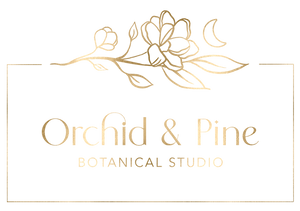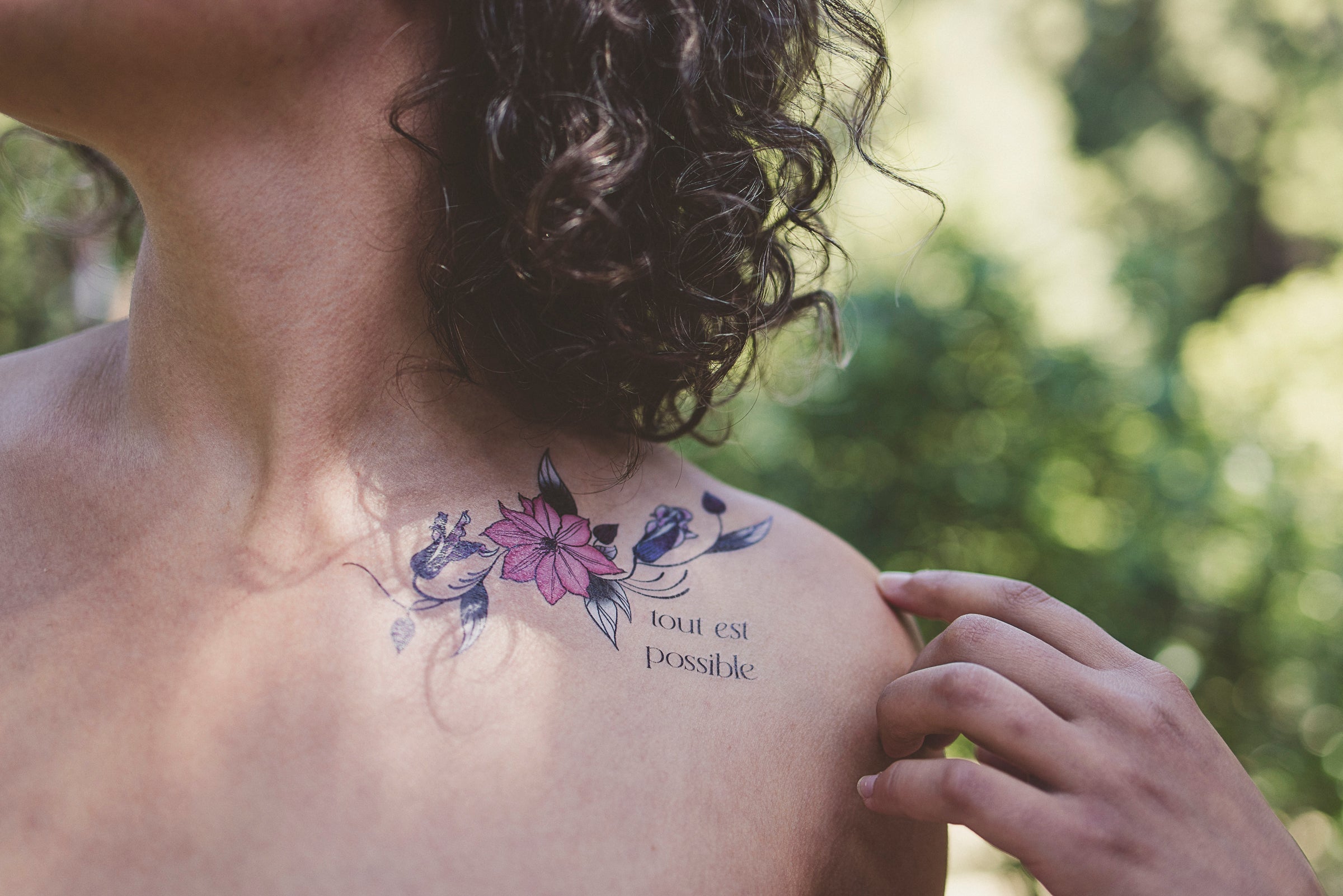My Journey with Trichotillomania and why I started Tiny Intentions
Fifteen years ago, I broke a habit that once felt impossible to overcome. But it was more than just a habit—it was a mental health condition, one I had unknowingly carried for years.
For most of my childhood and young adult life, I suffered in silence. It started when I was 10 years old and progressively worsened throughout my teens and early twenties. It wasn’t until my late twenties that I finally discovered its name:
Trichotillomania.
Finding a name for what I was experiencing was grounding. Knowing I wasn’t alone was empowering. Now that I could name it, I could find the tools to final over come it.
I was determined to take control. I spent a full year researching everything I could about Trichotillomania.
I scoured online forums, read medical articles, and looked for any advice that could help me stop. I wanted to grow my hair back. I wanted to walk outside without a hat, free from shame and secrecy.
There was one moment that shook me: The time my children told me that they had spotted me driving by and instantly recognized me—not by my car or face, but by the telltale sight of my hand on my head, pulling at my hair.
That was the moment I knew I had to stop.
Hair pulling had been both an act of self-soothing and a deeply harmful behavior.
At the time, I was immersed in my yoga studies and teaching, dedicated to a path of healing. I knew that if I was going to guide others on their healing journeys, I first had to heal myself.
Seeking Help—And Finding My Own Path
In the beginning I went to therapy hoping for professional guidance. However, at the end of only 1 (and the first) session, the therapist told me to completely cut off all contact with my parents.
This came as a complete shock—I hadn’t even mentioned my parents! This advice felt like it was coming from left field.
I felt totally disheartened. This was the moment I chose to tackle my recovery on my own.
That said, I DO NOT recommend this approach for everyone. Everyone’s journey is different, and I strongly encourage seeking support from a licensed cognitive behavioral therapist. I just didn’t find the right one for me at that time of my life.
My Healing Process
I spent my evening hours after work doing research on online trich forums. Armed with knowledge from these communities, I created a plan:
-
I carried a journal everywhere, tracking when and where I pulled my hair, who I was with, and what I was feeling in those moments.
-
I read The Power of Habit by Charles Duhigg, which helped me understand hair-pulling as part of a habit loop.
-
I replaced the act of pulling with something new: movement. Every time I felt the urge, I would go for a walk, dance, do yoga, run, or use my hands to create something.
The change didn’t happen overnight. Slowly, over time, the behavior faded. Looking back, I realize it took about 18 months before I had completely stopped.
The Aftermath
The bald spot on my head eventually grew hair again. To this day, that area is thinner, and my hair doesn’t quite lie flat the way I’d like—but the spot itself has disappeared.
I share my story not for sympathy, but to shed light on a condition that many suffer from in silence.
My hope is that those struggling with Trichotillomania and other forms of BFRB can let go of shame and, more importantly, find the strength within themselves to break free. It is possible. You can overcome it. And you are not alone.
And then came the question:
What now?
What do you do after you’ve broken the cycle—when the habit is gone? But the shadow of it remains?
Overcoming trich left me changed—but also curious. How could I carry forward these lessons I learned into the rest of my life? And, how could share simple, supportive tools to others who are finding that traditional therapy isn’t working for them?
I thought back to those tools I used during recovery—the red thread that I wore on my wrist, the practices and techniques that I chose to do something different from pulling.
They weren’t complex or convoluted, but they helped.
Now that I’m growing flowers, some of the lessons from this part of my life have returned to me, Diving more deeply into flowers and herbs, their medicinal ties and meanings, is seed from which Tiny Intentions Ink was planted.
Tiny Intentions is not meant to replace professional care. If your path requires medical support, please seek the guidance of a licensed professional.
But if you, like me, find support in simple and practice tools and small, tangible reminders, like wearing something beautiful yet powerful — like a manifestation tattoo can be a gentle way to reframe your mindset and kick those negative habits to the curb.
Tiny Intention botanical tattoos are here to uplift and to encourage you in the moments you need it most: You are strong.
You don’t need to carry your secret in silence and shame. The people who love you will not turn away; they will not see you as anything less than the beautiful, complex, and resilient being that you are.
You are human - and you are worthy of love, healing, and grace. Your story is still unfolding in the most beautiful way.
About the Tattoos:
Tiny Intentions Tattoos are gentle, wearable, empowering reminders that small, consistent steps can lead to big transformations. Whether you're trying to cultivate a new habit, break an old pattern, or simply bring more joy into your life, these tattoos serve to remind you of your greatest potential.
They’re perfect for those who love the beauty of ink but prefer something impermanent. And for anyone who finds power in simple, visual cues—these tattoos offer a way to stay grounded in intention, one day at a time.
Rooted in the idea of embodied cognition, they’re designed to work with the brain through the body. What we see, wear, and physically experience shapes how we think and feel.
By placing your intention on your skin—somewhere you’ll see it daily—you create a gentle, visual cue that helps reroute old habits and reinforce new ones, one small, beautiful shift at a time.
Curious to learn more about the science? Read more about embodied cognition →
🔗 Explore the collection now: Find The Flower That Speaks To Your Path.
✨ Wear your intention. Embrace your magic. ✨

